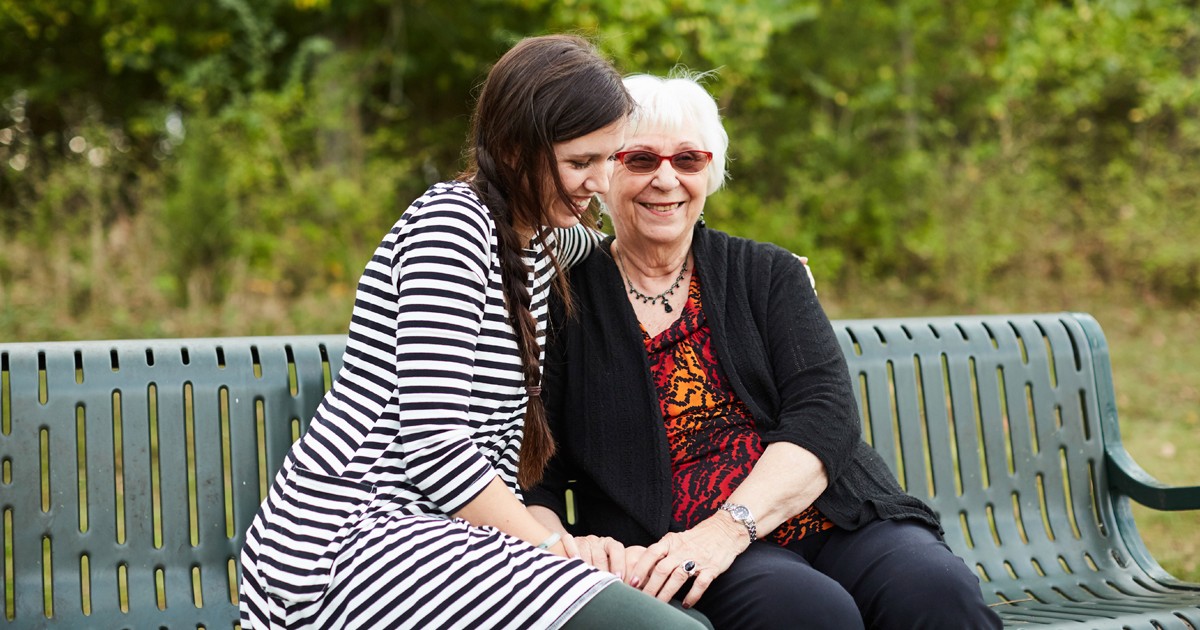 The international Salvation Army is what it is today largely due to American evangelists who influenced William and Catherine Booth.
The international Salvation Army is what it is today largely due to American evangelists who influenced William and Catherine Booth.
When William Booth preached on a disused Quaker burial ground at Mile End Waste in London, England, he was one of many ardent preachers who traced their evangelical roots to the American revivalists who took England by storm in the mid-1800s. Booth's theology, revival meetings and preaching reflected the methods and message used successfully by these evangelists from the New World.
The early Salvation Army was part of a broad evangelical community, and shared much of its theology with revivalists such as Charles Finney, James Caughey, Phoebe Palmer and Dwight L. Moody. The revivalists' emphasis on personal conversion and the need for holiness resonated with the Booths.
Speaking of the young William Booth, General Frederick Coutts wrote, “William Booth's boyhood in Nottingham provided a harsh training for his adult calling.… [A] powerful influence upon the impressionable teenager was that of James Caughey of the Methodist Episcopal Church in the U.S.A., who visited Nottingham in 1846…. The lad was held spellbound by a master of words … dedicated to the service of the Christian gospel.”
Among the models for Booth's ministry was the American Charles Finney (1792-1875), a Presbyterian evangelist who has been called “the father of modern revivalism.” Finney was known for his innovations, such as permitting women to pray in public meetings and the development of the “anxious seat,” the forerunner of the Army's mercy seat or penitent form. When Finney toured England in the 1850s, William and Catherine followed his ministry and studied his bestseller, Lectures on Revivals of Religion.
But the Booths were most powerfully influenced by James Caughey, an Irish-born emigrant to the United States who was converted during the revival of 1830-31, and later ordained to the Methodist ministry. Caughey led compelling revivals in Canada but is best known for revival meetings in England where he earned the title King of Revivalist Preachers. William was converted under his preaching at Nottingham.
Using Finney's tactics, Caughey effectively employed an altar call to bring people to a decision for Christ. When preaching, he would move around the hall, passionately inviting sinners to the penitents' bench. His emphasis on the second work of grace or entire sanctification conserved the fruits of his evangelistic work.
William and Catherine's preaching was modelled on Caughey's, and they drew on his published work as well as his preaching style. After hearing Caughey preach, William wrote, “It had a powerful effect on my young heart.”
When the Booths had difficulties with the Methodist Conference in 1857, William consulted Caughey, in England on a revivalist tour at the time, about how best to proceed in the face of the conference's limitations and regulations. Caughey advised him to wait until he was ordained before considering a move.
During the Booth's ministry at Gateshead in the 1850s, Catherine first articulated her position on female ministry and commenced preaching. This step was as a result of an evangelistic mission by Walter and Phoebe Palmer, American holiness evangelists who toured the British Isles from 1859 to 1863. Their success brought them to the attention of the Booths, who preached the same Wesleyan holiness. The Booths read Phoebe Palmer's writings and Catherine told her mother, “Her books have done me more good than anything else I have ever met with.” When a pamphlet attacking women preachers, and Phoebe Palmer in particular, was published, Catherine wrote a rebuttal: Female Ministry or Women's Right to Preach the Gospel.
In pulling these strands together nearly 150 years later, we might ask: What is the legacy of Finney, Caughey, the Palmers and the Booths? Finney's books are still being sold; Caughey and the Palmers are hardly known; while the Booths founded a worldwide Army that still preaches salvation and sanctification in 123 countries. The seed from the American evangelists of long ago took root and is still bearing a bountiful harvest.
Top photo: William Booth preaches during an evangelistic tent meeting. Photo courtesy of The Salvation Army International Heritage Centre.
 Lt-Colonel Maxwell Ryan is retired in Burlington, Ont., where he serves as a part-time hospital chaplain and amateur Army historian.
Lt-Colonel Maxwell Ryan is retired in Burlington, Ont., where he serves as a part-time hospital chaplain and amateur Army historian.










Leave a Comment